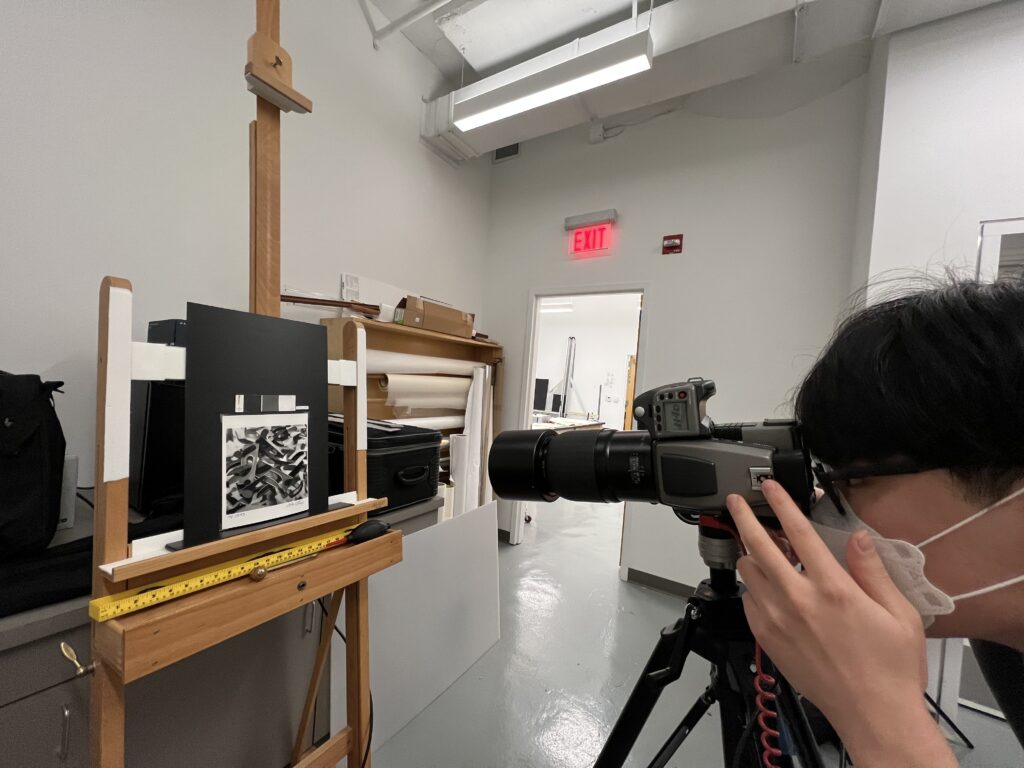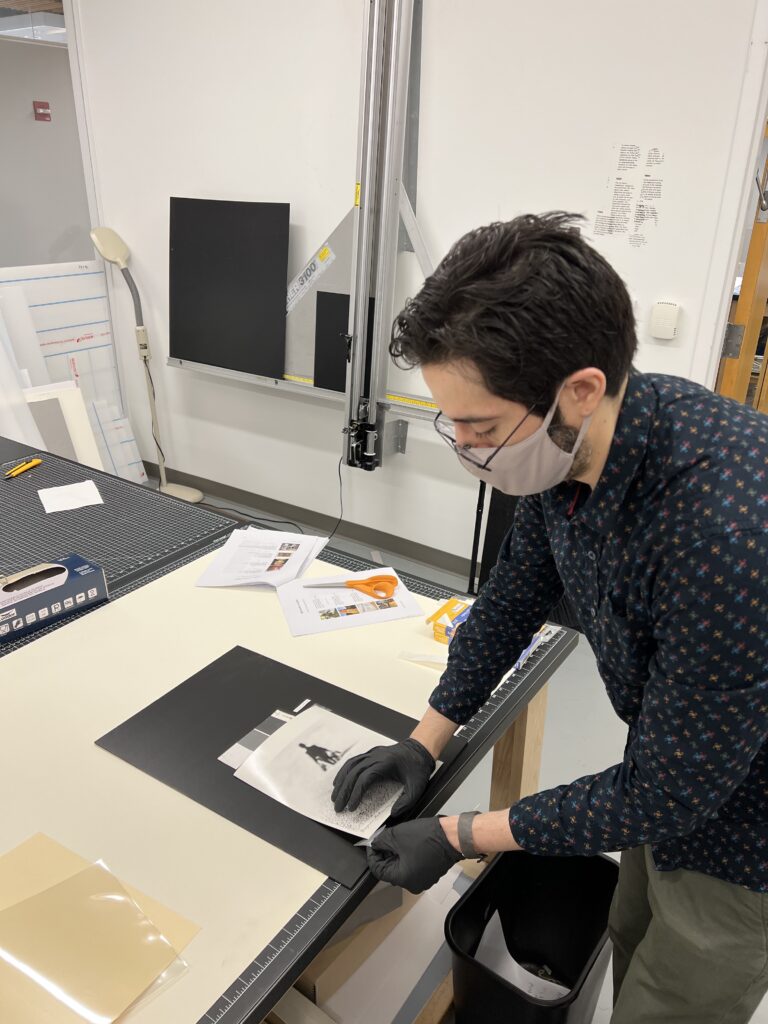Contributed by HoJun Yu, Project Museum Collections Assistant, and Hoang Tran, Director of Archives
As America’s first museum and art school, it is important for PAFA to remain relevant particularly in the digital age. Broadening online access to the works of art is one step in the right direction, but also providing greater accessibility for users to engage and use the resources is another important aspect of the institution’s mission.
The work being done for this grant project provides the essential framework for PAFA’s long-term goal of migrating the museum’s collection into the public domain. PAFA aspires to join the growing global initiative of more than 200 institutions worldwide that have moved towards digitizing and providing unrestricted use of their collections.
We are in the process of figuring out the best way to display rights statements and/or licenses for works in PAFA’s collection. Part of HoJun’s work is conducting a survey of peer institutions that have successfully implemented Open Access (OA) initiatives such as The Metropolitan Museum of Art, Art Institute of Chicago, and Cleveland Museum of Art. We also reviewed MoMA and the Whitney to see how they are publicizing rights statements–the two museums directly state the names of parties in control of reproduction rights; on the other hand, places like the Smithsonian simply state use Creative Commons license, particularly Creative Commons Zero (CC0–no rights reserved).
It must be said that as museum collections staff, we are not experts in copyright law. In fact, copyright is highly complex and it is important that everyone working with copyright protected materials adhere to current US copyright laws. We as collections staff have been studying and examining best practices on handling digital resources and respecting artists rights.
For this phase of the project, there are two essential data points that we are currently focusing on which his required to properly interpret/assess copyright 1: the date of creation; 2: date of creator’s death. HoJun is focused on reviewing all works with questionable or missing dates and updating life dates for artists. Our ultimate goal with this information is to help us make a more informed decision as to which works are still protected by copyright and which works are no longer protected by copyright. Of course, nothing ever comes easy! PAFA’s collection includes many works by “unidentified artists” and works with “unknown dates”. For these outliers, we’ll need to be extra vigilant in assessing their copyright status.
About the Institute of Museum and Library Services
The Institute of Museum and Library Services is the primary source of federal support for the nation’s libraries and museums. We advance, support, and empower America’s museums, libraries, and related organizations through grantmaking, research, and policy development. Our vision is a nation where museums and libraries work together to transform the lives of individuals and communities. To learn more, visit https://www.imls.gov/and follow us on Facebook and Twitter.

